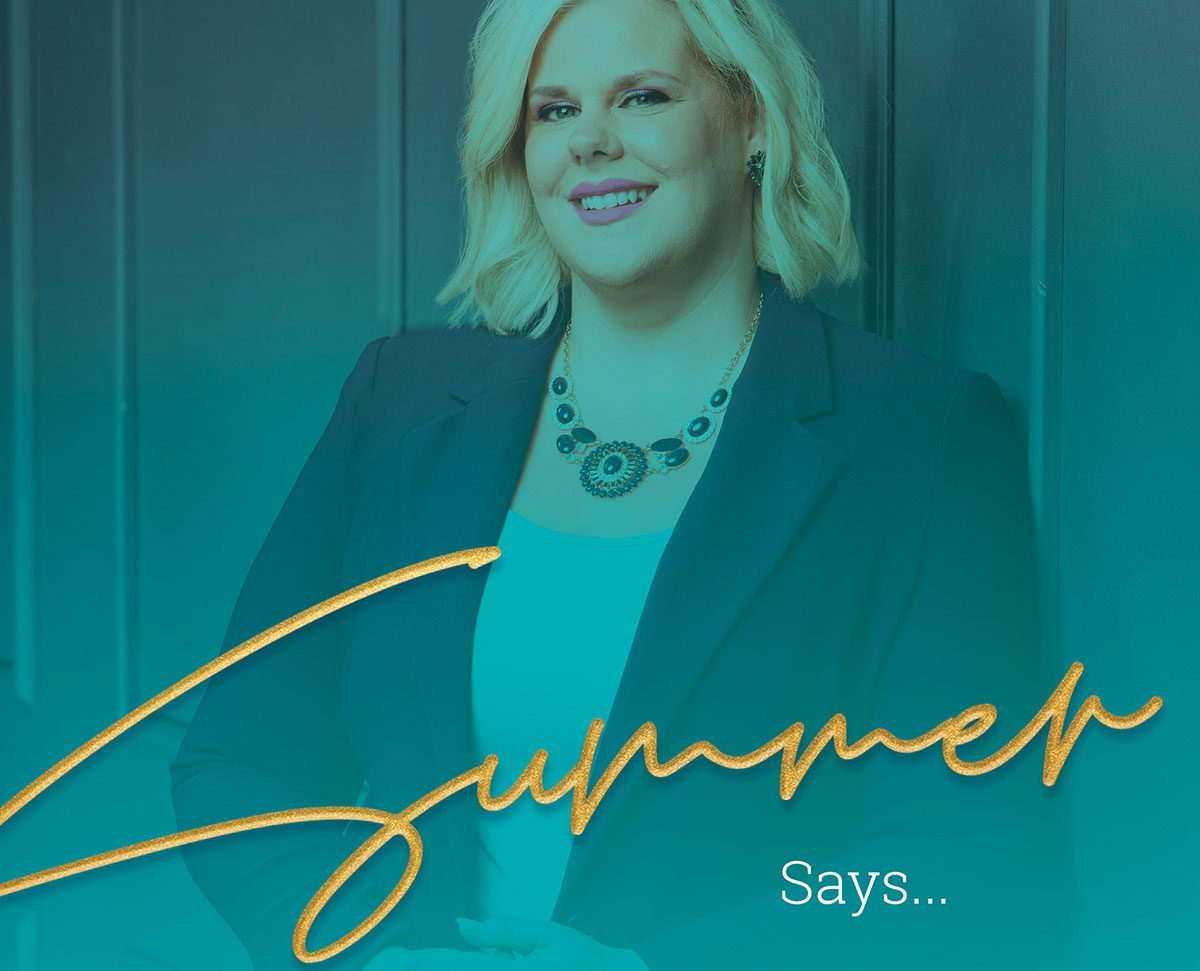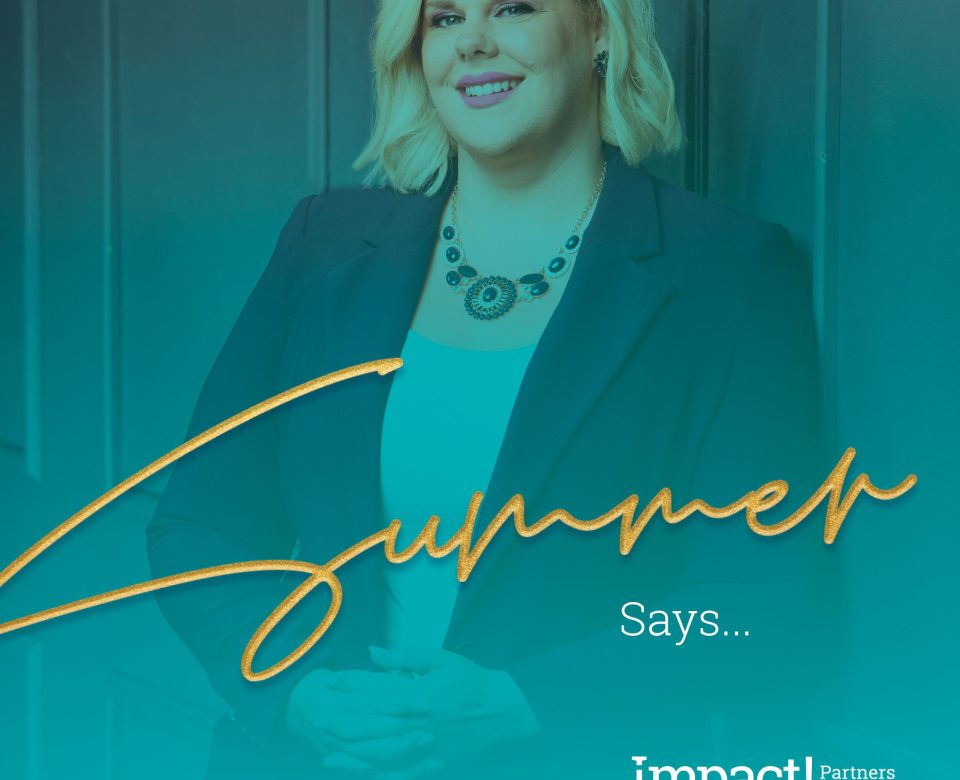
Clear Lake Area – Community Newsletter Feb
February 10, 2022
The Week In Review: Mar. 27 – Apr. 2
March 3, 2022Q: I have a 401k that has never been taxed. How can I lessen the tax burden for when I retire?
Answer:
Many 401k plans allow participants to contribute money directly from their paychecks pre-tax into their 401k plan; the funds are invested and then grow tax deferred. Thus, the money put into your 401k has never been taxed before. For most people that means you will owe tax on 100% of that money as you take it out at whatever income tax bracket you are at the time of distribution; making it what I call a “tax bomb.”
I am often asked how to mitigate the tax liability on a 401k. This is a great question since we have no idea what the tax brackets will be at the time of distribution. However, we do know what taxes are right now.
One potential option is to pay the taxes now in our current lower tax brackets. If this is right for you, it can be achieved using a few different strategies.
If your plan has a Roth 401k option:
Depending on your current taxable income, you can contribute some or all your 401k contributions to the Roth 401k portion of your plan. Not all companies offer this, but if it’s available in your plan, it’s worth investigating.
If you do not have a Roth 401k option: There are options for saving money in tax-free vehicles. A strategy we consider with clients is to instead put that “already taxed” money into a cash value life insurance plan, allow it to grow tax deferred, then take it out later tax free. This can be a very intricate strategy and requires a financial professional who is licensed.
A benefit of utilizing this method, over a Roth 401k, is that you are not held to the 1IRS 59.5 rule which states that if you withdraw money from a 401k plan, IRA or Roth IRA prior to age 59.5, you will be penalized 10% plus taxes owed. (There are some exceptions to this rule). This can make alternative tax-free investment vehicles outside of your employer plan very attractive, should you need access to your money before age 59.5.
Please note that in both strategies, you would have to pay taxes in the year that you contribute to the strategy.
With all of that said, you should not seek tax or investment advice solely from this column. I highly recommend that you visit with a qualified financial professional who can walk you through the difficult navigation of tax planning in your retirement plan.
If you do not have a Roth 401k option: There are options for saving money in tax-free vehicles. A strategy we consider with clients is to instead put that “already taxed” money into a cash value life insurance plan, allow it to grow tax deferred, then take it out later tax free. This can be a very intricate strategy and requires a financial professional who is licensed.
A benefit of utilizing this method, over a Roth 401k, is that you are not held to the 1IRS 59.5 rule which states that if you withdraw money from a 401k plan, IRA or Roth IRA prior to age 59.5, you will be penalized 10% plus taxes owed. (There are some exceptions to this rule). This can make alternative tax-free investment vehicles outside of your employer plan very attractive, should you need access to your money before age 59.5.
Please note that in both strategies, you would have to pay taxes in the year that you contribute to the strategy.
With all of that said, you should not seek tax or investment advice solely from this column. I highly recommend that you visit with a qualified financial professional who can walk you through the difficult navigation of tax planning in your retirement plan.


